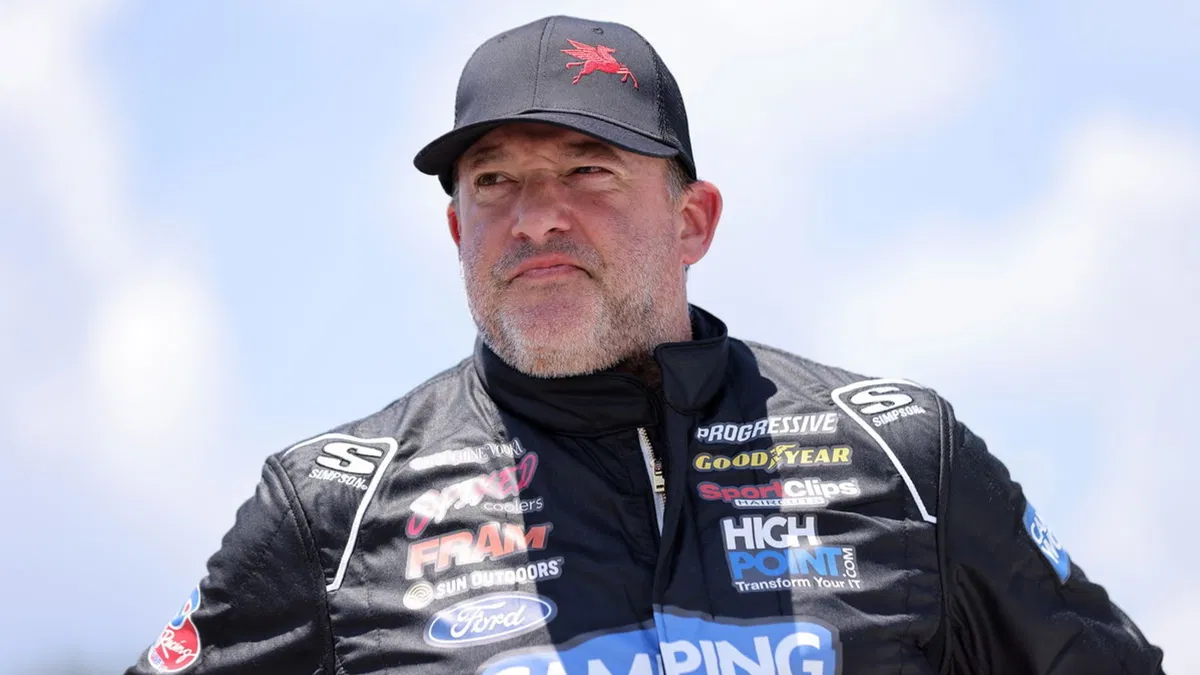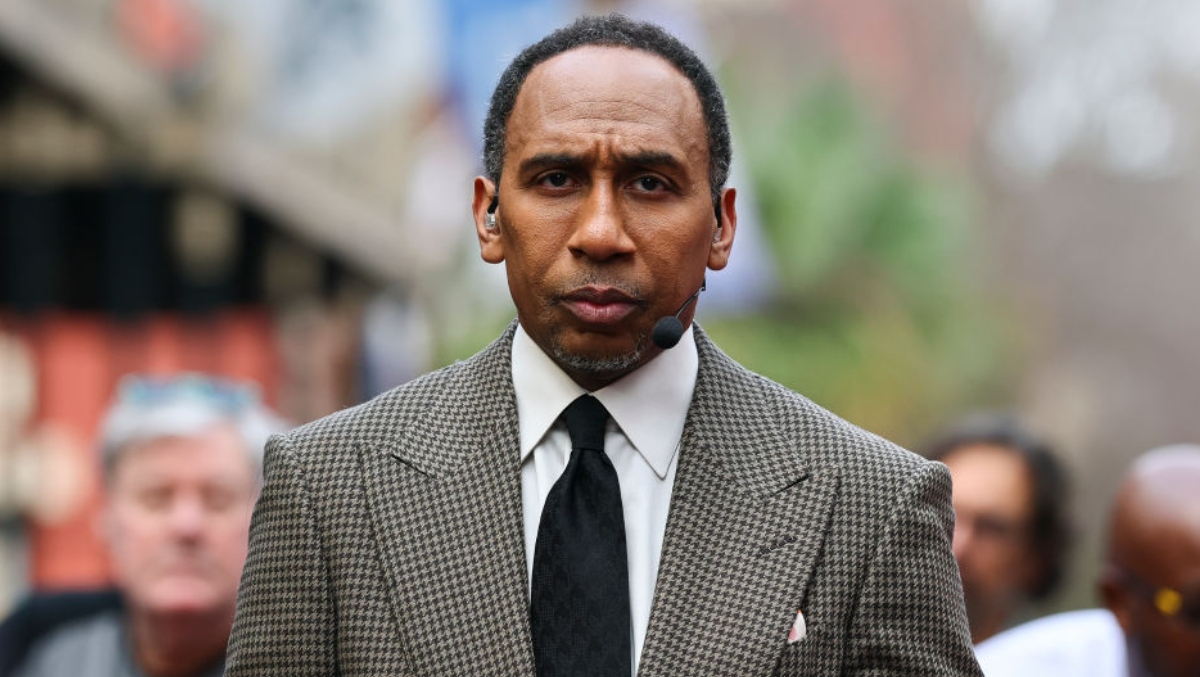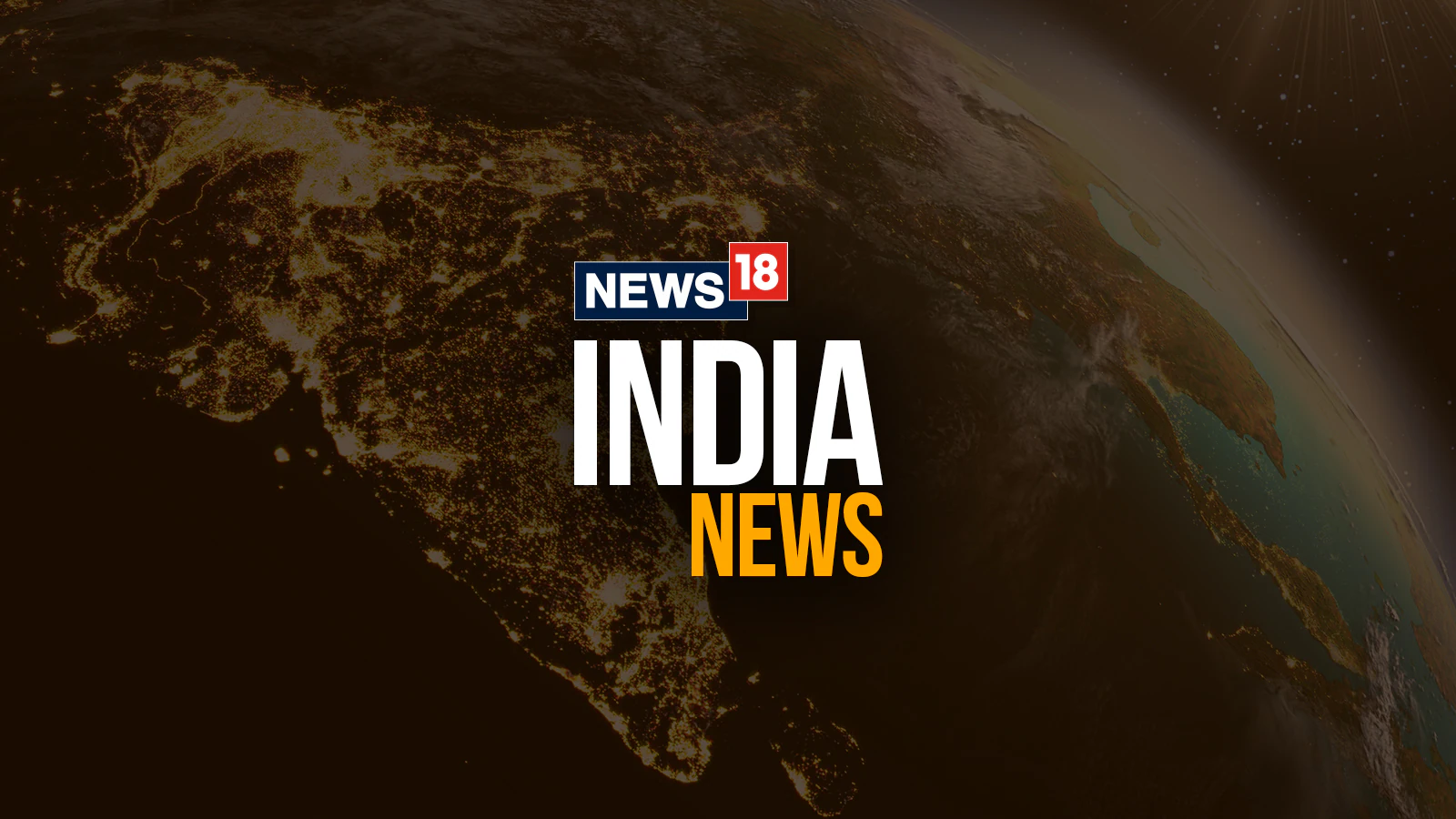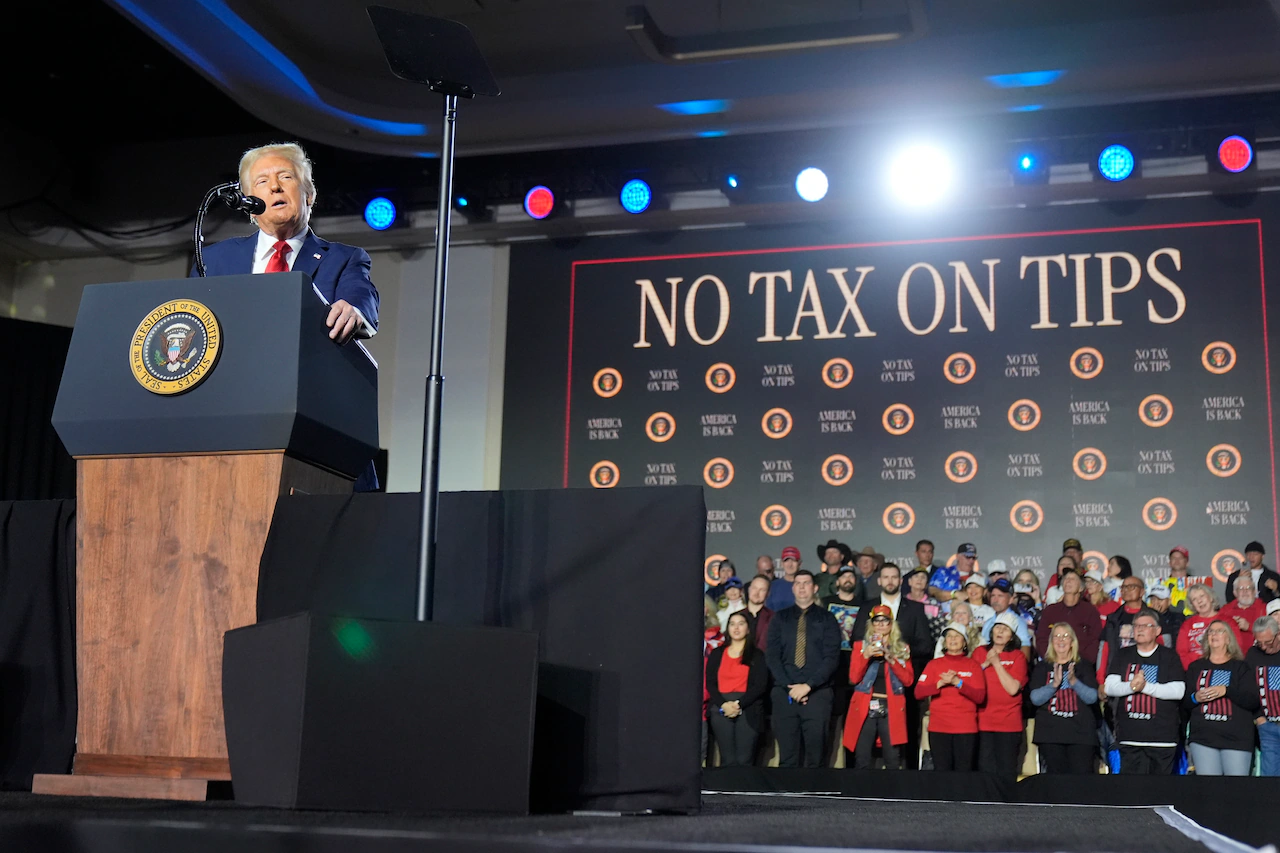
Pushing a Top Fuel dragster to nearly 10,000 RPM sends it hurtling down the strip at over 330 mph, where drivers often describe the sensation as pure tunnel vision, body and machine blurring into one relentless force against physics. Crashes at those velocities turn routine runs into chaos, from engines exploding in fireballs to cars flipping end over end, leaving little room for error. Most fade from memory amid the sport’s relentless pace, but some etch themselves into fans’ minds forever, like the heartbreaking 2001 Daytona wreck that claimed Dale Earnhardt Sr. and shook NASCAR to its core. Lately, a similar shadow fell over NHRA when Tony Stewart and Doug Kalitta tangled in a high-stakes showdown.
That moment at Maple Grove Raceway echoed those dark days, stirring uneasy parallels as safety crews rushed in. It was a dark spot on an otherwise breakthrough year, that saw his NHRA campaign stand out as he snagged his first Top Fuel win in Las Vegas and clinched the regular-season points lead, a feat blending his NASCAR grit with drag racing’s raw intensity. Over decades, he’s survived brutal hits across sprint cars, IndyCar, and more, building a reputation for toughness. Yet this collision, labeled as spine-chilling, hinted at something deeper, leaving everyone on edge about what came next.
The incident unfolded during the first round of eliminations at the Pep Boys NHRA Nationals on September 14, 2024, pitting Tony Stewart against defending champion Doug Kalitta in Top Fuel action. Both rocketed off the line, Kalitta clocking 3.787 seconds at 335.73 mph to take the win, but disaster struck post-finish when his Mac Tools dragster’s left-front wheel failed, veering it sharply into Stewart’s lane. Stewart, fresh off a 326.71-mph pass, couldn’t avoid the sideswipe, tipping his Dodge Direct Connection machine onto its side before it slammed into the concrete wall.
ADVERTISEMENT
Article continues below this ad
What made it spine-chilling was Stewart lying motionless initially, knocked out cold, evoking fears of severe injury in a sport where split-second mishaps can turn deadly. After regaining consciousness, he exited under his own power, but the hit’s force left him with a pounding headache and a banged-up left hand, prompting an on-site check by NHRA‘s chief medical officer before release. “I don’t have a damn clue, honestly. I honestly don’t remember any of it,” Stewart shared in a post-crash chat, underscoring the blackout from impact that wiped his recall of the run itself.
This blank spot tied back to his history of hard knocks, like a 2013 sprint car flip that broke his leg and sidelined him, yet he downplayed it by noting sprint wrecks felt worse. “The first thing I remember they’re waking me up here. Not sure what happened, but it appears to have been pretty massive,” he added, highlighting the disorientation that followed, much like the fog after his 2001 Daytona crash, where he walked away after he flipped and landed on Bobby Labonte‘s car.
ADVERTISEMENT
Article continues below this ad
Adding layers, Kalitta’s family knows racing’s risks all too well; his cousin Scott perished in a 2008 Funny Car explosion at Englishtown, a loss that spurred NHRA safety upgrades like shorter tracks, making Doug’s unscathed escape here a poignant nod to resilience.
The Reddit thread on r/NASCAR captured the raw shock, with users dissecting the clip of Stewart and Kalitta’s tangle, fueling debates that spilled over into broader fan chatter about the scare’s lasting impact.
How fans processed the scare
One fan expressed relief, saying, “Glad he’s got a clear head now. Concussions are no joke. It looked like a hard hit.” This sentiment hits home given Stewart’s past head injuries, including a 2016 ATV mishap that caused a burst vertebra, forcing him to miss NASCAR races and lean on medical clearances before returning. Fans know the drill: NHRA mandates baseline concussion testing, and Stewart’s slow movements post-wreck raised flags, but his quick release eased worries while reminding everyone of the sport’s hidden tolls.
Turning to Kalitta’s grit, another commenter marveled, “The fact that Doug Kalitta not only made it out unharmed but kept on racing and made it to the finals is downright insane; the man’s practically made of steel. Hoping Stewart’s okay though.” Kalitta, a 61-year-old veteran with 57 career wins, swapped to his backup ride post-crash and powered to the event finals. His steel-like resolve echoes surviving a 2005 blowover at Chicago, where he walked away unscathed, proving why he’s a six-time runner-up in points.
The unease lingered as someone noted, “Tony’s post-crash interview was honestly scary as f–k; dude lost a portion of his day and seemed concussed.” Stewart’s foggy recall in the Fox Sports 1 spot mirrored symptoms from his 2012 sprint car concussion, which sidelined him briefly and sparked talks on helmet tech advancements in open-wheel racing. It amplified calls for better brain injury protocols, especially after NHRA’s 2019 updates following similar incidents.
ADVERTISEMENT
Article continues below this ad
Humor crept in with a quip, “Don’t think the bump’n’run is a legal tactic in NHRA.” This pokes at Stewart’s NASCAR days, where he mastered aggressive moves like the 2008 Talladega bump that stirred controversy, but NHRA rules ban contact, emphasizing clean passes since its 1951 founding to prioritize safety over stock car-style rubbing.



